If you live in an area with a lot of rainfall, then you will need to take steps to protect your pond from becoming a puddle. In this blog post, we will discuss the different ways that you can waterproof your pond and keep it looking beautiful all year long!
Why Should You Waterproof A Pond?
There are a few key reasons to waterproof your pond.
Even a small pond can lose a lot of water to evaporation, and in hot climates, that loss can be significant. By waterproofing your pond, you can reduce the amount of water lost to evaporation.
Another reason to waterproof your pond is to prevent leaks. Even a tiny leak can cause your pond to lose water, and over time, that loss can add up. Waterproofing your pond will help ensure that it holds onto the water you put into it.
Finally, waterproofing your pond will also help protect the fish and other wildlife that call it home. If your pond leaks or dries up, the fish and other animals that live in it will be at risk. By waterproofing your pond, you can help keep them safe.
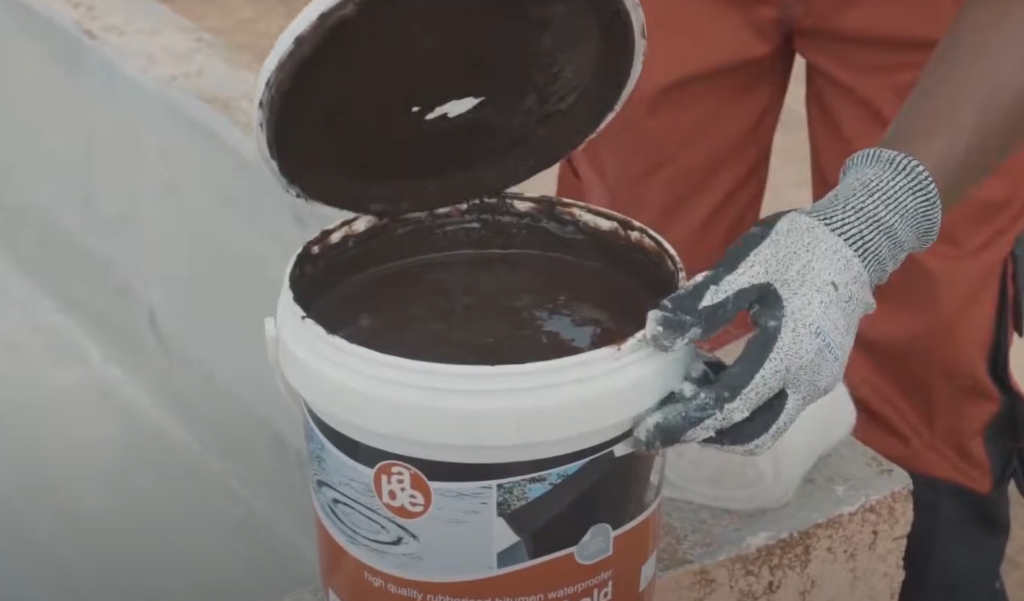
How To Waterproof A Pond?
Step 1 – Clean & Prepare the Pond Surface
The surface of your pond should be clean and free of any debris before you begin waterproofing. Use a broom or rake to remove any sticks, leaves, or other objects from the surface. If there is any algae or scum on the surface, use a scrub brush to remove it.
Step 2 – Apply Primer
If your pond is made from concrete, mortar, or plaster, you will need to apply a primer before waterproofing. A primer will help the sealant adhere better to these surfaces. Follow the manufacturer’s instructions for applying the primer. [1]
Step 3 – Apply Sealant
Choose a sealant that is designed for ponds and water features. There are many different types of sealants available, so be sure to choose one that is right for your pond. Follow the manufacturer’s instructions for applying the sealant.
Step 4 – Let it Dry
Once you have applied the sealant, let it dry completely before adding water to the pond. This may take several hours or even days, depending on the type of sealant you used. Be sure to read the manufacturer’s instructions carefully to find out how long you need to wait before adding water.
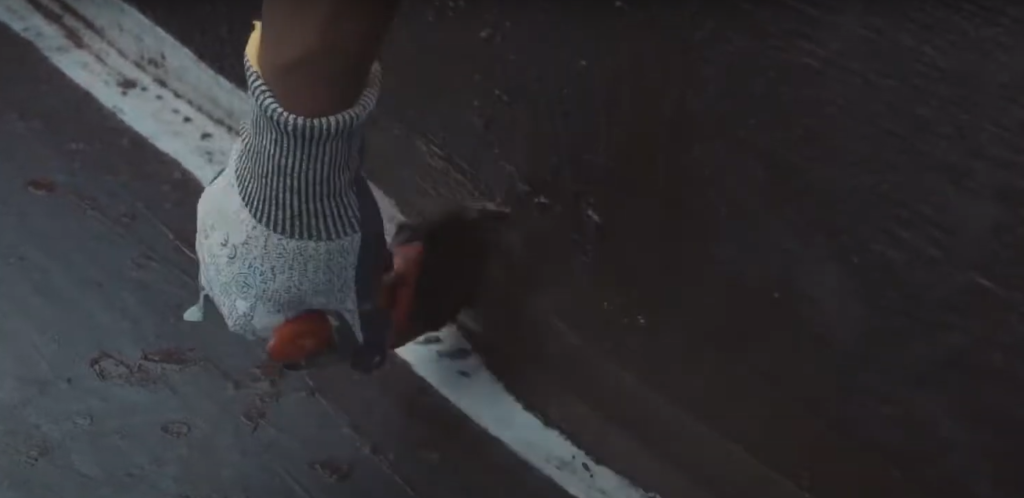
Can You Use Cement To Seal A Pond?
If you’re looking for a way to waterproof your pond, you may be wondering if cement is a good option. While cement can be used to seal a pond, it’s not the best choice for everyone. Cement can be difficult to work with and it doesn’t always create a completely watertight seal. If you’re not experienced in working with cement, it’s probably best to choose another waterproofing method. There are several different ways to waterproof a pond, so talk to a professional before making a decision. They can help you choose the best option for your specific situation. [2]
How Often Should You Waterproof a Pond?
You should waterproof your pond at least once a year. This will help to keep it from becoming a puddle. You can also add a liner to your pond to help keep the water in.
If you live in an area that gets a lot of rain, you may need to waterproof your pond more often. You can also add a drain to your pond to help with the excess water. [3]
Should You Put Anything In The Bottom Of A Pond?
One of the most common questions we get asked is whether or not you should put anything in the bottom of a pond. The short answer is no, you don’t need to put anything in the bottom of your pond unless you have fish. Fish require a certain amount of gravel in order to lay their eggs and the fry need something to hide in when they are first born. Other than that, putting anything in the bottom of your pond is purely aesthetic. Some people like to put rocks or stones in the bottom of their ponds while others like to plant aquatic plants. It really comes down to personal preference and what you think looks best.
If you do decide to put something in the bottom of your pond, make sure that it is safe for aquatic life and will not leach any chemicals into the water. Also, be sure to wash anything that you put in the bottom of the pond thoroughly before adding it to the water. This will help to remove any dirt or debris that could potentially harm your fish or plants.
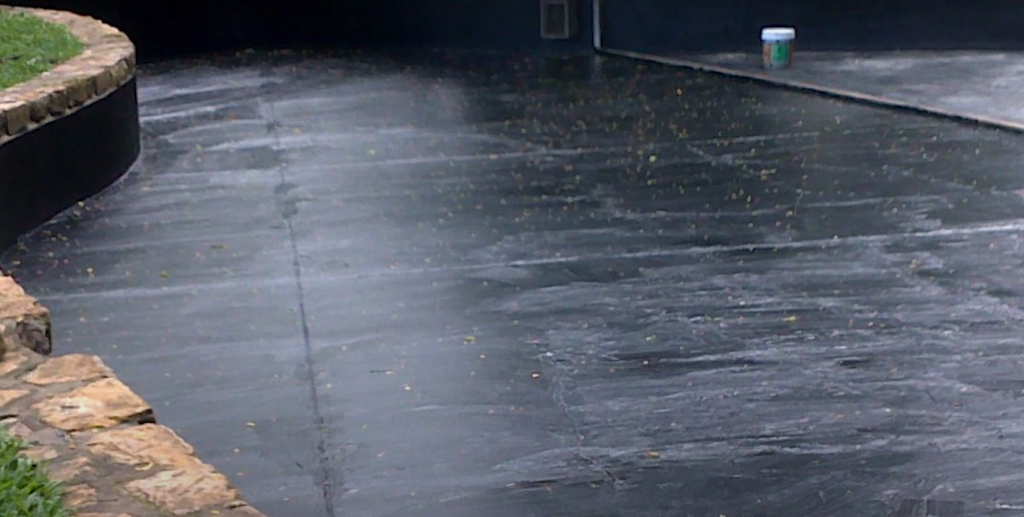
Should You Put Rocks In Your Pond?
Rocks can be a great addition to your pond, but they can also cause some problems. If you have a lot of rocks in your pond, it could make it difficult to clean and maintain. Also, if the rocks are not properly sealed, water can seep through them and cause leaks.
What Is The Best Stone For A Pond?
There are many types of stone that can be used to build a pond, but not all of them are equally well suited for the task. Some stones are more porous than others, and will allow water to seep through them more easily. Other stones may be too smooth, making it difficult for aquatic plants to get a good grip and take root. And still other stones may be too brittle, and could break down over time as the weight of the water bears down on them.
So what is the best stone for a pond? There is no one-size-fits-all answer to this question, as the best type of stone will vary depending on the specific circumstances of your pond. However, there are a few general guidelines that you can follow to help you choose the right stone for your pond.
First, consider the climate in which your pond will be located. If you live in an area with cold winters, then you’ll want to use a stone that is frost resistant. Some good choices include granite, limestone, and sandstone.
If your pond will be located in a hot climate, then you’ll want to use a stone that can withstand high temperatures without breaking down or deteriorating. Good choices for hot climates include quartzite, basalt, and slate.
Second, think about the size of your pond. If you have a large pond, then you’ll need to use larger stones to build it. Smaller stones may not be able to support the weight of the water, and could collapse under the pressure.
Third, consider the look that you want for your pond. Some stones have a more natural look, while others are more polished and formal. Choose the stone that best fits the overall aesthetic of your landscape.
Fourth, think about how easy or difficult it will be to find the stone that you want. Some types of stone are very common and can be easily found at most landscaping supply stores. Other types of stone may be more rare and difficult to find. If you’re having trouble finding the right stone for your pond, then consider working with a professional landscape designer who can help you source the materials that you need. [4]
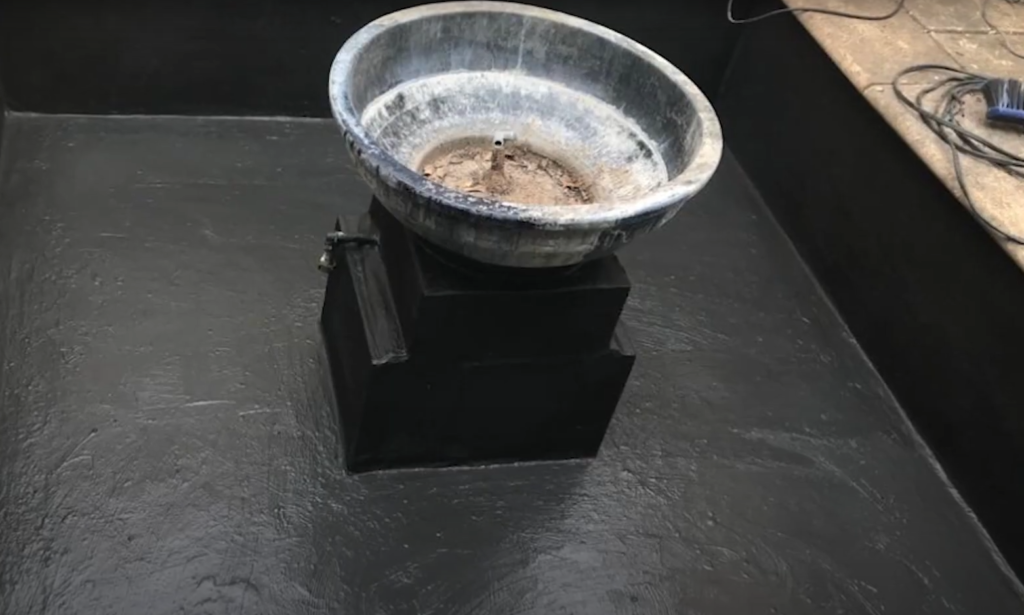
Can You Put Garden Soil In A Pond?
You might be wondering if you can put garden soil in your pond to help with waterproofing. The answer is yes, but it’s important to use a high quality soil that is free of chemicals and other pollutants. Be sure to test the pH levels of the soil before adding it to your pond. You also want to make sure that the soil is not too dense, as this can cause problems with drainage. Adding sand or gravel to the garden soil can help with this issue. [5]
How To Maintain And Care For A Pond?
However, without proper maintenance, a pond can quickly become a puddle. Here are some tips on how to waterproof your pond and keep it looking its best:
- Regularly check the liners for leaks or cracks. If you find any damage, repair it immediately.
- Make sure the sides of the pond are sloped so that water will not pool in one area.
- Install a waterfall or fountain to aerate the water and help circulate oxygen throughout the pond.
- Plant aquatic plants around the edge of the pond to help absorb excess water.
- Use a pond net to catch leaves and other debris before it has a chance to sink to the bottom and decompose.
- Clean the pond filter regularly to remove dirt and debris.
By following these simple tips, you can help keep your pond looking its best for years to come.
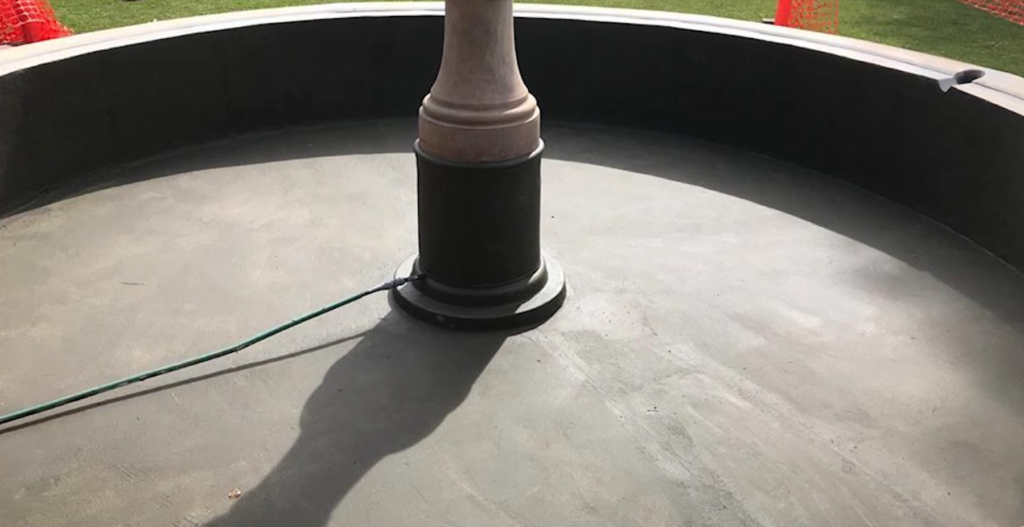
FAQ
How can I seal my pond naturally?
There are a few ways to seal your pond naturally. One way is to use bentonite clay, which is a type of natural clay that expands when wet and forms a sealant. You can also use organic matter such as leaves or straw to cover the surface of your pond. Finally, you can add plants around the edge of your pond, which will help to hold the water in place.
How often should I waterproof my pond?
It really depends on the climate and conditions where you live. If you live in an area with heavy rains, you may need to waterproof your pond more often than if you live in a drier climate. You should also check the condition of your pond regularly and make sure that there are no cracks or leaks.
How can I tell if my pond is leaking?
If you notice that the water level in your pond is dropping, it may be leaking. You can also check for leaks by looking for wet spots on the ground near your pond. If you think your pond is leaking, you should contact a professional to help you fix the problem.
What do you use to seal a fish pond?
There are a few things you can use to seal a fish pond. One is an epoxy resin, which you can find at most hardware stores. This will create a waterproof barrier that will prevent water from seeping into the pond.
Another option is to use a silicone sealant, which can be found at most home improvement stores. This will also create a waterproof barrier that will prevent water from seeping into the pond.
Finally, you can use a liner, which is made of PVC or other materials, to create a waterproof barrier. You can find liners at most home improvement stores as well. Whichever method you choose, make sure that you follow the instructions carefully and completely in order to create a secure and effective seal.
Will cat litter seal a pond?
No, cat litter will not seal a pond. While it may absorb some water, it will not waterproof the pond.
Will a leaking pond seal itself?
Unfortunately, once a pond has developed a leak, it is very unlikely that it will seal itself. In most cases, you will need to take action in order to waterproof your pond and prevent further water loss.One option is to use a pond liner. Pond liners are available in a variety of materials, including rubber, PVC, and polyethylene. They are also available in a variety of thicknesses, so you can choose one that best suits your needs.
Another option for waterproofing your pond is to use a product called “pond paint.” Pond paint is applied directly to the walls of the pond and dries to form a waterproof barrier. It is important to note that pond paint must be reapplied on a regular basis in order to maintain its effectiveness. If you are looking for a more permanent solution, you may want to consider installing a pond liner system. Pond liner systems consist of an inner and outer liner, as well as a pump and fountain system. The inner liner is installed first, followed by the outer liner. The pump and fountain system is then installed, which helps to circulate water and keep the pond aerated.
No matter which method you choose, it is important to take action in order to waterproof your pond and prevent further water loss. By taking these steps, you can help to ensure that your pond remains a beautiful and enjoyable part of your home for years to come.
How do you seal a pond without a liner?
You can waterproof a pond without a liner by using a few different methods. One method is to use a waterproofing agent that you can apply directly to the pond. Another method is to use a pre-formed liner that you can place in the pond. Whichever method you choose, make sure that you follow the instructions carefully so that your pond does not become a puddle.
How do I stop my pond from losing water?
If your pond is losing water, there are a few things you can do to waterproof it and prevent further evaporation. First, check for leaks by running a garden hose into the pond and watching where the water level rises. If you see any leaks, repair them with pond sealant or epoxy. Next, add more plants to your pond. Not only will they help oxygenate the water and provide habitat for fish and other wildlife, but they’ll also help shade the water and reduce evaporation. Try adding floating plants like lilies or lotus, marginal plants like irises or cattails, or submerged plants like hornwort or anacharis. Finally, keep your pond covered when possible. A pond cover will not only keep debris out of the water, but it will also help reduce evaporation.If you follow these tips, your pond should be well on its way to being waterproofed and staying full all season long!
Is cement toxic to fish?
When the pond is being constructed, be sure to use a liner to protect the fish from any harmful chemicals that may be present in the cement. Once the pond is completed, fill it with water and allow the fish to acclimate to their new home before adding any plants or other decorations.
Useful Video: HOW TO : Waterproof a concrete Fish Pond with Super Laykold
Conclusion
Waterproofing your pond is a great way to keep it from becoming a puddle. By following the tips above, you can ensure that your pond will be safe and dry for years to come. Thanks for reading!
Do you have any tips on waterproofing ponds? Let us know in the comments below!
References
- https://www.diywaterproofing.com.au/how-to-waterproof-a-pond-using-liquid-rubber/
- https://homeguides.sfgate.com/seal-leaks-concrete-pond-46506.html
- https://www.aquaticweedcontrol.com/pond-maintenance/
- https://www.californiawaterscapes.com/the-best-stones-for-your-pond-or-waterfall/
- https://homeguides.sfgate.com/planting-mix-pond-plants-46452.html

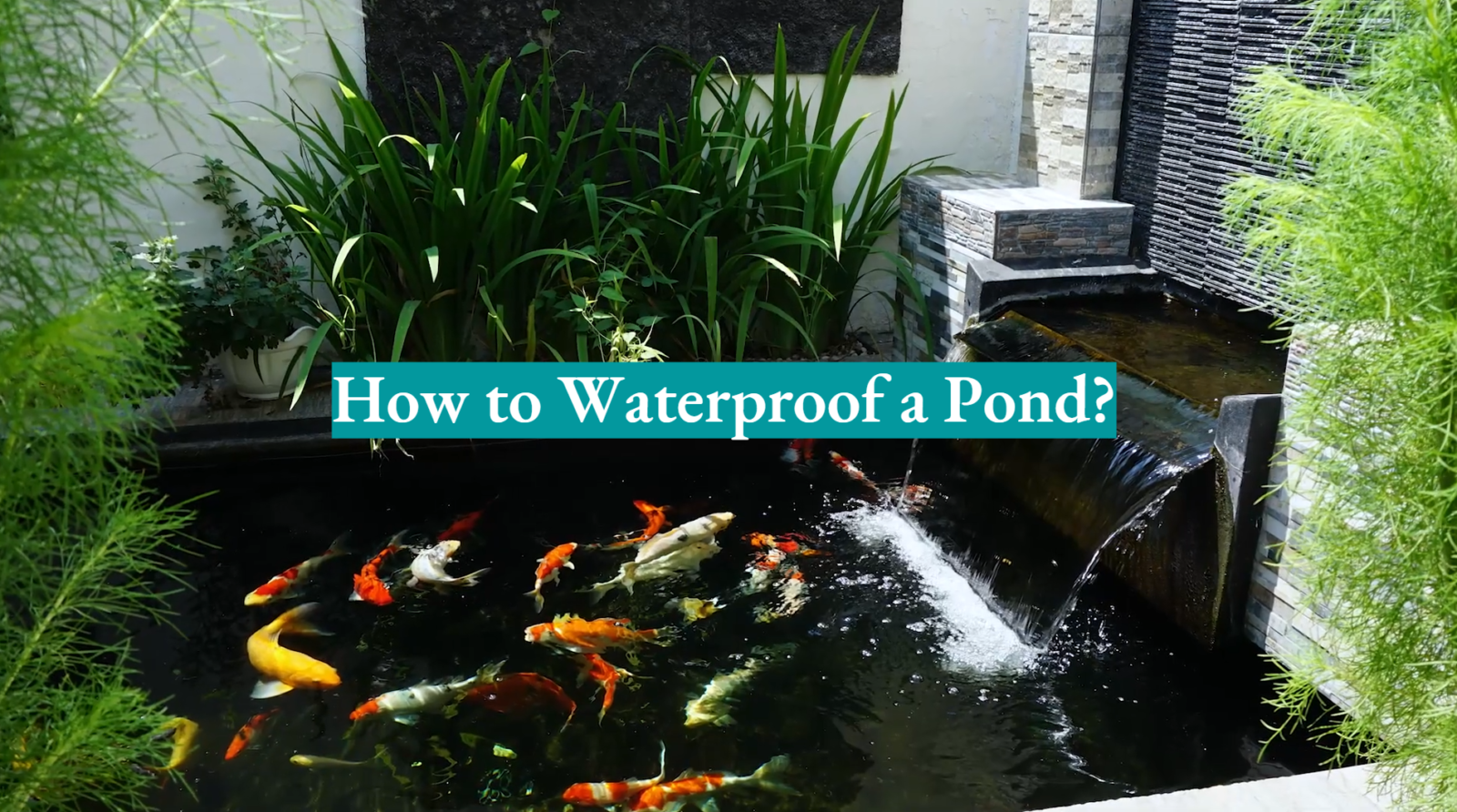
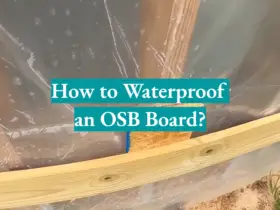
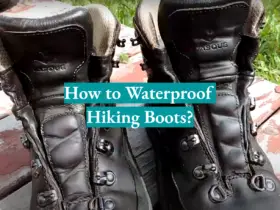
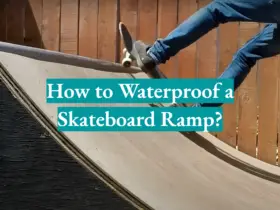
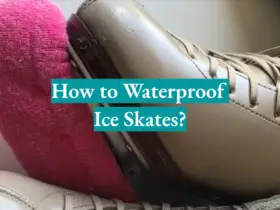
Leave a Reply